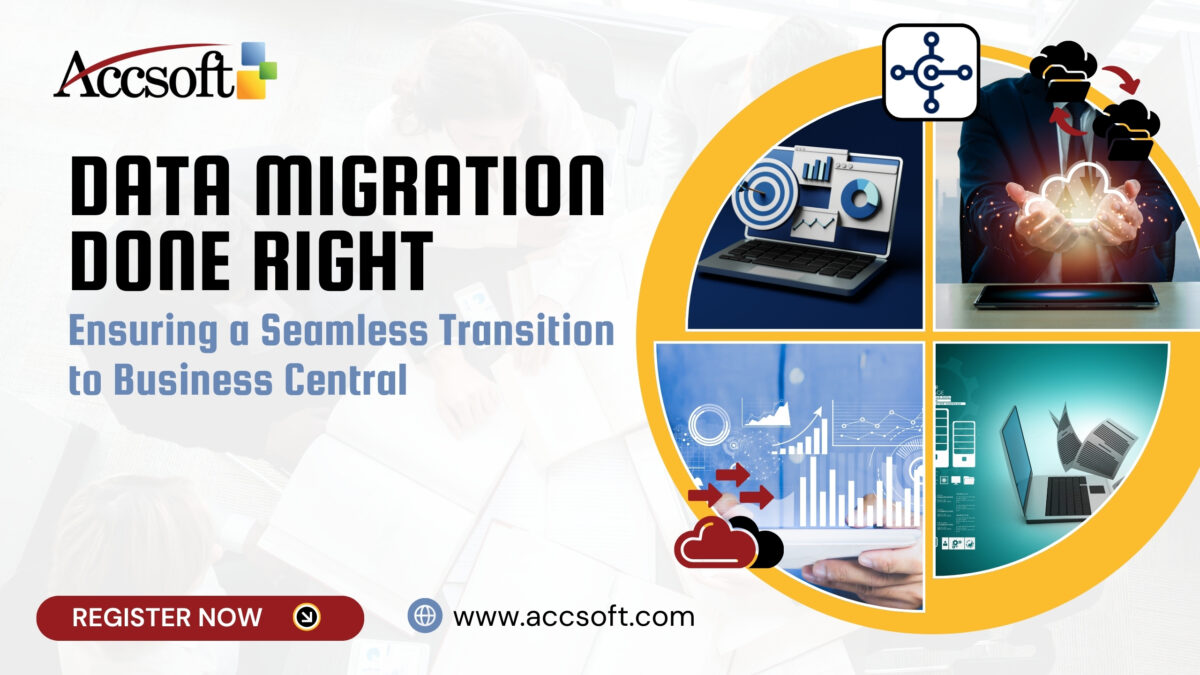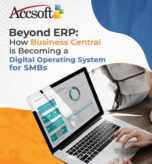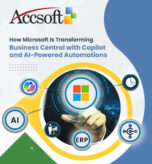
Data migration is generally the most significant and complicated step in any process of implementing or upgrading an ERP. Successful data migration while coming to Dynamics 365 Business Central ensures that history records, customers’ information, and financials are all appropriately copied over with a solid foundation for later operations. The following steps make it possible for a smooth move to Business Central.
1. Proper Planning
Proper planning forms the fundamental requirement of an effective data migration. Among some important questions to ask in advance, one is what will be migrated and which type of data—whether master, transactional, or historical—to allow the continued functionality of business processes. The second is when it needs an extraction schedule, transformation, loading, and validation.
Who does what? Clarify the role and responsibility of different stakeholders in the process.
A comprehensive plan reduces surprises and keeps the project on track.
2. Cleanse Your Data
Moving to a new ERP system is a great time to review and clean your data. This will ensure you are taking only correct and relevant information into the new system. Some of the key activities include:
- Remove Duplicates: Identify and eliminate redundant records to avoid confusion and inefficiencies in the new system.
- Validate Accuracy: Validates the correctness of all crucial fields, like contact information, and account details.
- Archive Old Data: Places old data or data no longer relevant to Business Central to eliminate clutter in the system.
Dirty data makes a system less responsive, and users will be less pleased after the migration.
3. Right Tools
Some of the potent tools that are available with Microsoft to make this process easy to migrate are:
- RapidStart Services: Import master data such as customers, vendors, and items into Business Central.
- Data Migration Extensions: Pre-built extensions for Dynamics GP and other legacy systems to automate and streamline data transfer.
- Third-Party Solutions: Specialized tools or partner solutions may be used in complex migrations with large datasets or custom requirements.
Choose the tools that suit your migration scope and complexity the best.
4. Test, Test, and Test Again
Testing is critical to ensure that your data is accurate and reliable after migration. Perform several iterations of testing for:
- Validation of Data Integrity: Compare source data with migrated data for consistency.
- Testing Business Processes: Run the critical workflows in a sandbox environment to identify discrepancies.
- Simulation of Real-World Scenarios: Involve end-users to make sure data can help drive day-to-day activities successfully.
Extensive testing lowers risks and boosts confidence in the new system.
5. Train Your Team
A successful migration is not merely a data movement, but rather a successful deployment to drive your team’s adoption of the new system. Provide:
- Role-Based Training: Design training programs for an array of user groups.
- Documentation: Develop user guides on how to access and exploit the migrated data in Business Central.
- Ongoing Support: Offer post-go-live support for any queries or issues as users adapt.
Empowered users unlock all the value in your migrated data.
6. Monitoring Post-Migration Performance
Monitoring is not done after going live. It continues to ensure that data is accurate and that the system is performing as it should. The following are key actions:
- Audit Reports: Financial and operational reports should be checked regularly for the correctness of the data migrated.
- User Feedback: Users are to be fed back to highlight any issues not noticed or which need improvement.
- Continuous Optimization: Processes and configurations are to be optimized based on the changes in business goals.
Vigilance is always essential post-migration for long-term success and system stability.
Conclusion
More than a technical exercise, it can indeed break or make an ERP transition. Proper planning and data cleansing in the application of the proper tool, proper training, and the right test conditions are key components to smooth entry into Dynamics 365 Business Central. Even so, an experienced consultant or partner from Microsoft could help smooth that process to open true potential in this new ERP system.
Be on your way to a smarter, more connected future with Business Central. Start migrating your data now.







